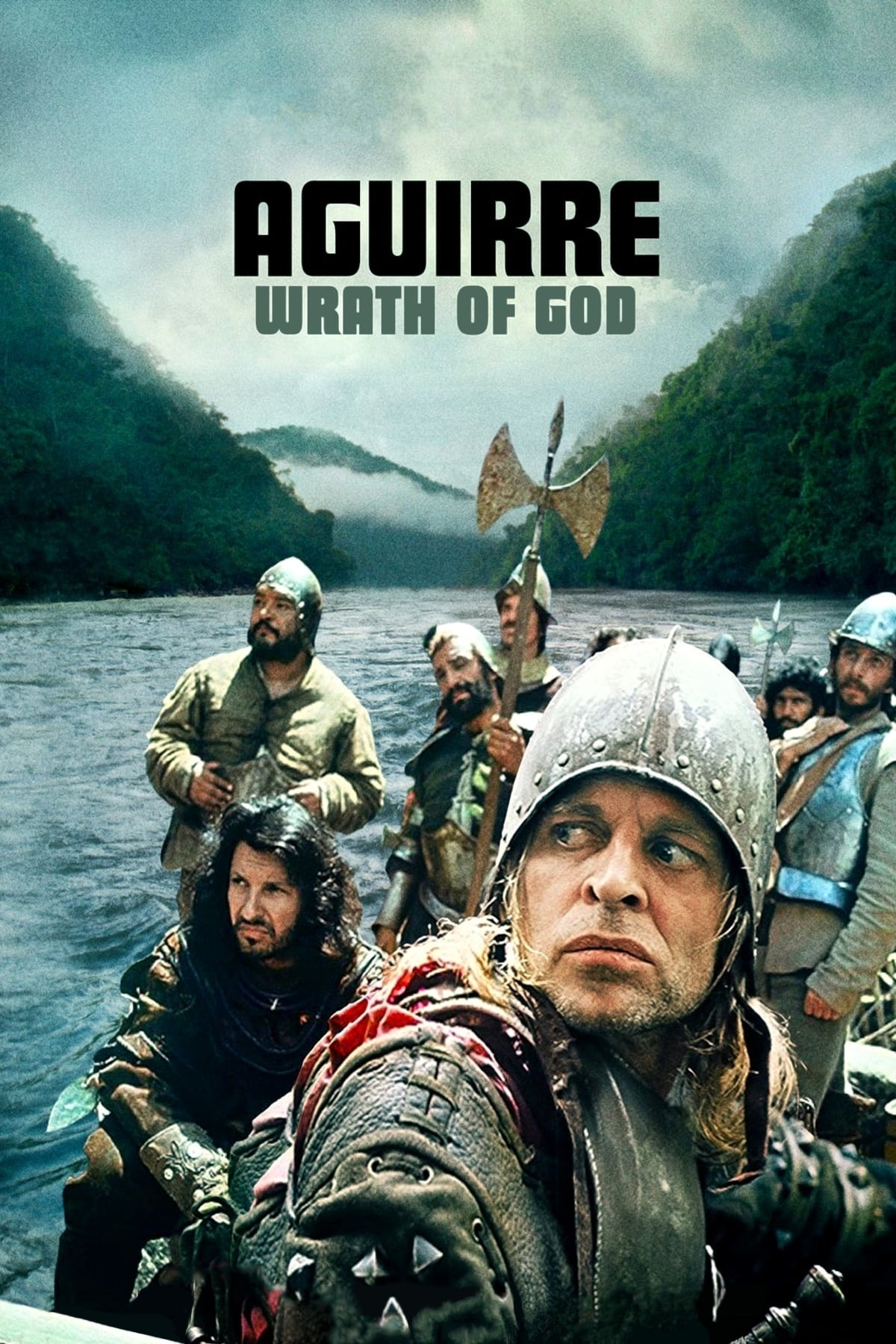
A few decades after the destruction of the Inca Empire, a Spanish expedition led by the infamous Aguirre leaves the mountains of Peru and goes down the Amazon River in search of the lost city of El Dorado. When great difficulties arise, Aguirre’s men start to wonder whether their quest will lead them to prosperity or certain death.
13 May Aguirre, the Wrath of God (1972)
The Women
This is an amazing experience, becoming more so the further we get from it. When I see “Apocalypse Now, or even “Mosquito Coast” I see this. In fact whenever I see both an actor and a director/writer risking all in a coordinated way, I see this. And when I see a combination of fictional documentary and highly stylised poses, a memory of this glistens.
I highly suggest a periodic refresh-viewing of this film on a big screen, followed of course by “Fitzcarraldo” with some life-affirming experience in between. In that film, the jungle and river is engaged, animate: here it forms an organic container for fantasies. This is one of the most visual film experiences you will have, but so much of what you take away is what is not seen. Superficially, it is a depiction of madness in a context of religious colonialism, rank exploitation.
But the complexities abound, and the one that captured me this time around was the women. The first scene is the most promising in all filmdom. In addition to its beauty, we get it all in promises; and among the promises is the women. Two senior-level military men are allowed to bring females on an expedition worthy of Byrd or Lewis and Clark — this at extreme expense. The obvious reason for the women is as breeders to populate the New Jerusalem of riches and religious conquest.
One woman we understand, an adult mistress to a noble soul. We learn more about her than anyone else save the “Negro.” She is played by an accomplished actress, and acts. The other woman is a fifteen year old. A daughter, already aware of a forthcoming incestual dynasty and resigned to a life with her deformed father in a magical future to be obtained only by passing through a barrier of tests. She, like the local Indians, is played by a non-actress, in fact a girl plucked out of a Peruvian high school nearly at random.
The less she does, the more transcendent her presence. We don’t see her die, but as she knows she is dying she looks at her father as if to transfer all her energy to the space immediately surrounding him. That space does become filled with fantastic life on the raft and all that surrounds it, creating the sequence that ends the film. That scene perfectly compliments the first, where the people are the river bringing their seed to the promised land. In the last, the seed is released and the river itself carries the offspring of the imagination to the treetops. Herzog does not believe in narrative folding. Instead, he wants to mesh the drama of making (and by extension, viewing) into the watching.
Posted in 2003
Ted’s Evaluation — 4 of 3: Every cineliterate person should experience this.


No Comments